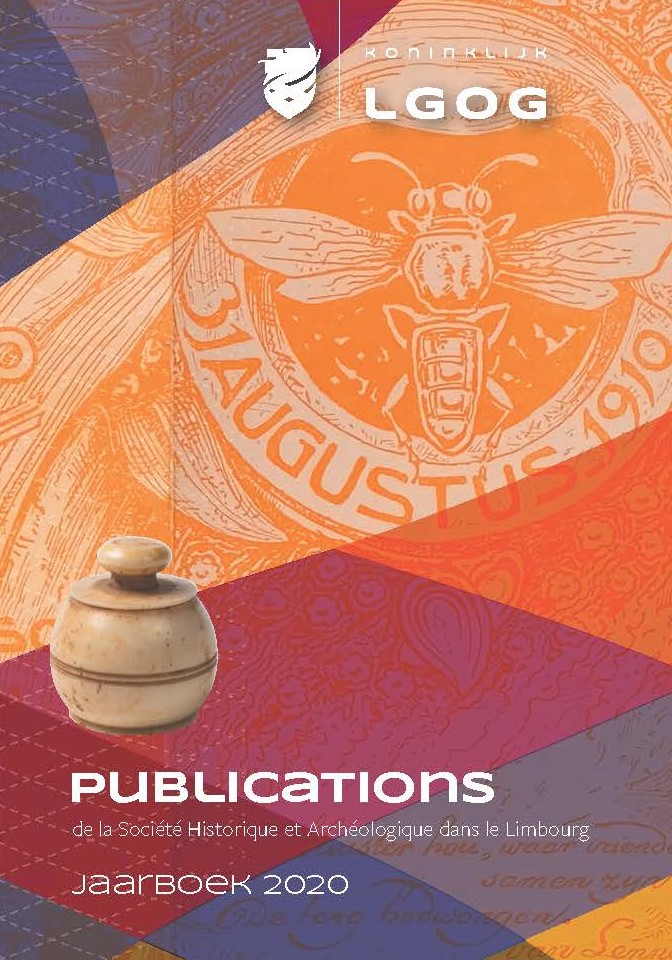Maastricht in nood, de Republiek in gevaar (1747-1749)
Samenvatting
In the Netherlands local and regional history are accepted as an academic discipline and they form a part of history courses at several Dutch universities. Their research results are nevertheless not or too little included in the surveys of the national history.
An example of the lack of information about events in the interior, important for both the region and the country, is the subject of this article: Maastricht in the period 1747-1749, the last two years of the War of the Austrian Succession (1740-1748) and the year after the Treaty of Aix-la-Chapelle (18 October 1748) which temporarily ended the power struggle between the European great powers. In the surveys of the national Dutch history extensive attention is paid to the Republic’s swan song as a great power, to the crisis among the ‘regenten’ and the restoration of the Stadtholderate and to the ‘pachtersoproer’, the tax riots in many cities. No or too little attention is given to how Maastricht had to cope to the threat of a huge French army. The national government had neglected the fortifications of her most southerly stronghold against the French nemesis despite repeated requests for improvements and the certainty of an attack on the city since the moment, mid 1744, the French army had started successfully conquering the Austrian Low Countries. Nor do they mention the narrow way in which the national government accommodated the city in the reimbursement of the costs of her siege and occupation and in the refrain from improvements of the fortifications in view of a new attack in the future. In my opinion are additions like this necessary if one wants to tell the national history of the Republic as completely as possible.
Downloads
Downloads
Gepubliceerd
Nummer
Sectie
Licentie

Dit werk wordt verdeeld onder een Naamsvermelding 4.0 Internationaal licentie.
Auteurs behouden het volledige auteursrecht op hun werk en verlenen het tijdschrift het recht van eerste publicatie. Artikelen worden verspreid onder de voorwaarden van de Creative Commons Naamsvermelding 4.0 Internationaal (CC BY 4.0).



